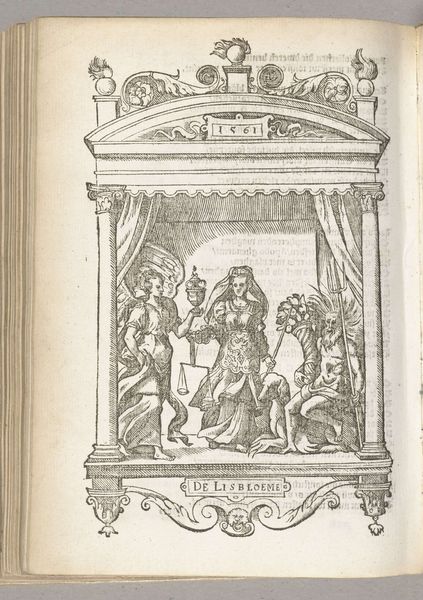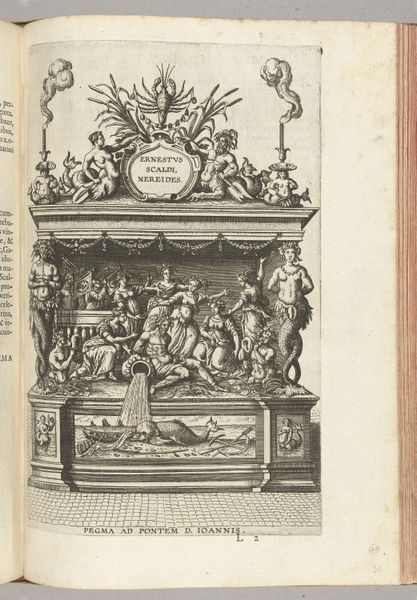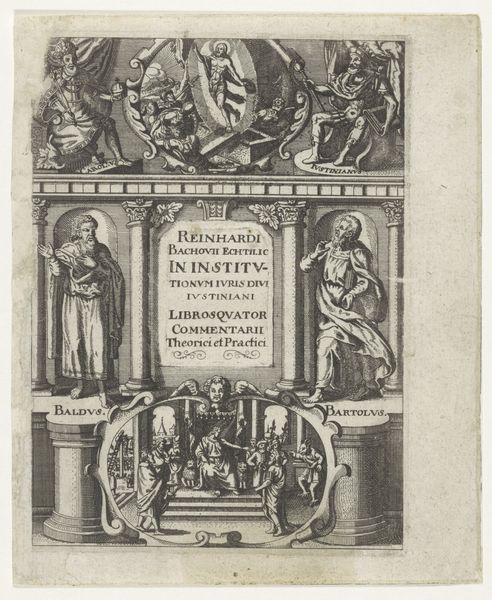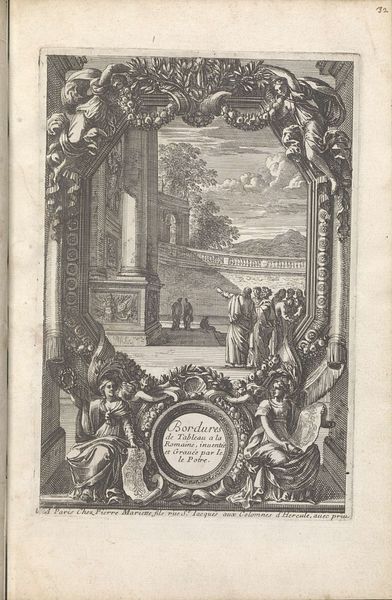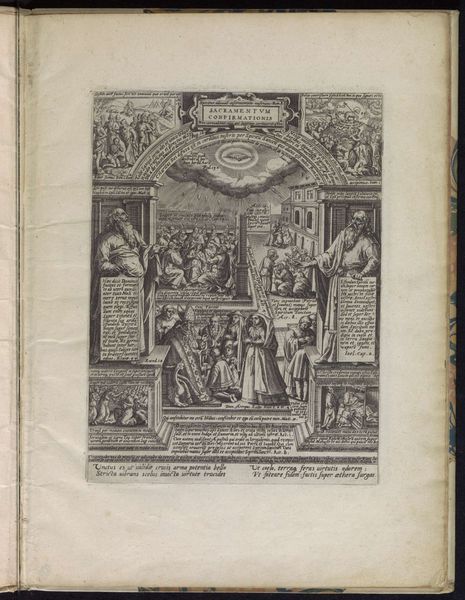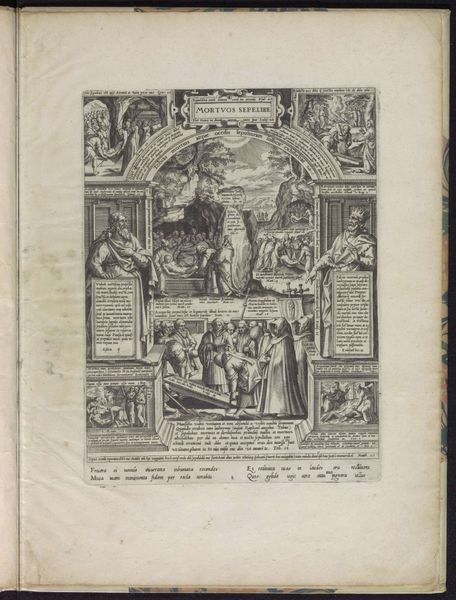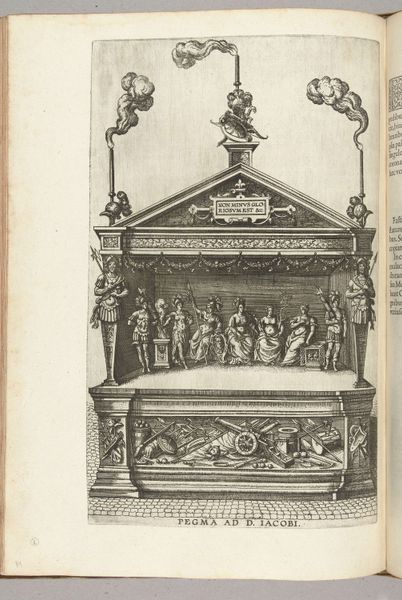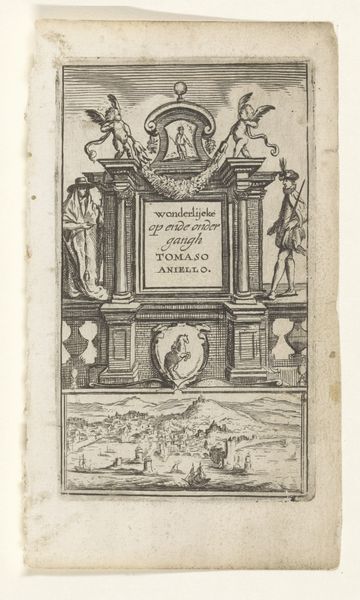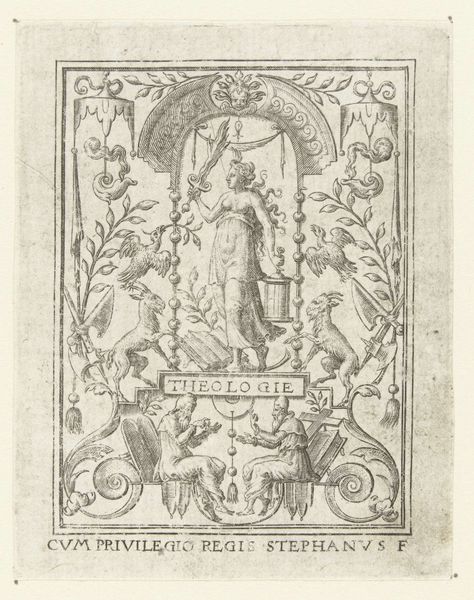
print, ink, engraving
#
allegory
# print
#
pen sketch
#
figuration
#
11_renaissance
#
ink
#
line
#
northern-renaissance
#
engraving
Dimensions: height 217 mm, width 153 mm
Copyright: Rijks Museum: Open Domain
This is an engraving made in 1561 by an anonymous artist, titled "Blazoen van De Groeiende Boom (Lier)". The process of engraving involves carefully incising an image into a hard material, in this case likely a copper plate, which is then inked and printed onto paper. The precision of line and detail suggests a highly skilled hand, accustomed to the burin, a specialized tool for cutting metal. Notice how the varying thickness of the lines creates depth and texture, bringing the allegorical scene to life. The act of engraving is a labor-intensive process, demanding patience and control, but it also allows for the mass production of images. Engravings like this one played a crucial role in disseminating knowledge and ideas during the Renaissance. They democratized imagery, making it accessible to a broader audience than painted works. By understanding the material and the meticulous process behind this engraving, we gain insight into the social and cultural significance of printmaking in the 16th century, revealing the ways in which artistic skill intersected with the burgeoning world of mass communication.
Comments
No comments
Be the first to comment and join the conversation on the ultimate creative platform.
